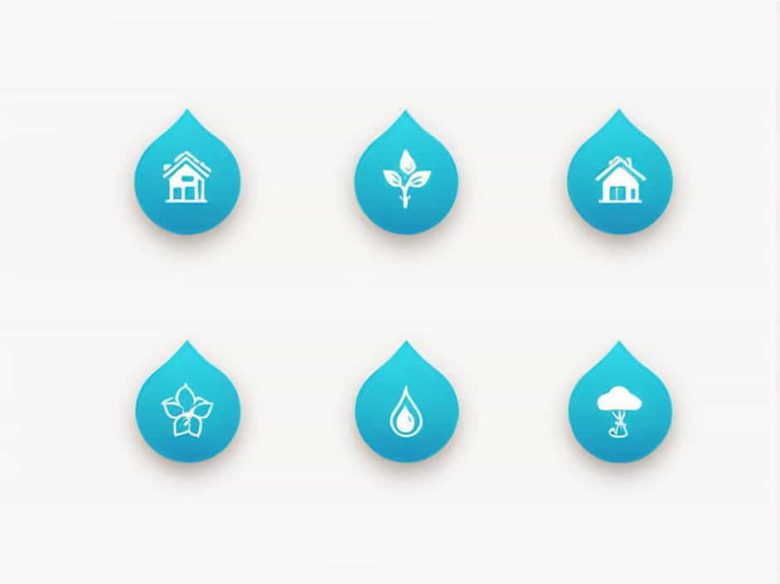Greenhouse gases (GHGs) are responsible for trapping heat in the Earth’s atmosphere contributing to global warming and climate change. While gases like carbon dioxide (CO₂) methane (CH₄) and water vapor (H₂O) are well-known greenhouse gases not all gases in the atmosphere have this effect.
Understanding which gases contribute to the greenhouse effect and which do not is crucial for addressing climate change. This topic explores greenhouse gases their role in climate change and examples of gases that are not greenhouse gases.
What Are Greenhouse Gases?
Greenhouse gases absorb and trap infrared radiation preventing heat from escaping into space. This process known as the greenhouse effect keeps the Earth warm enough to sustain life. Without greenhouse gases our planet would be too cold for most living organisms.
Main Greenhouse Gases in the Atmosphere
The primary greenhouse gases include:
- Carbon Dioxide (CO₂): Released from burning fossil fuels deforestation and natural processes like respiration.
- Methane (CH₄): Emitted from livestock wetlands and the decomposition of organic waste.
- Nitrous Oxide (N₂O): Produced by agricultural activities burning fossil fuels and certain industrial processes.
- Water Vapor (H₂O): The most abundant greenhouse gas it increases as global temperatures rise.
- Ozone (O₃): A greenhouse gas found in the lower atmosphere (troposphere) contributing to warming.
Gases That Are NOT Greenhouse Gases
Some gases in the atmosphere do not contribute to the greenhouse effect because they do not absorb infrared radiation effectively. These include:
1. Nitrogen (N₂)
- Nitrogen makes up 78% of Earth’s atmosphere.
- It does not absorb infrared radiation and therefore does not contribute to global warming.
- It plays a crucial role in the nitrogen cycle supporting plant and soil health.
2. Oxygen (O₂)
- Oxygen constitutes about 21% of the atmosphere.
- Like nitrogen oxygen does not absorb significant infrared radiation.
- It is essential for respiration in humans animals and plants.
3. Argon (Ar)
- Argon is a noble gas making up about 0.93% of the atmosphere.
- It is chemically inert and does not interact with infrared radiation.
- Argon is used in various industrial applications including welding and lighting.
4. Hydrogen (H₂)
- Hydrogen is the lightest element in the atmosphere.
- It does not absorb or trap infrared radiation.
- While it is not a greenhouse gas hydrogen plays a role in fuel cells and clean energy solutions.
Why Some Gases Do Not Act as Greenhouse Gases
To act as a greenhouse gas a molecule must absorb and re-emit infrared radiation. This depends on the structure and vibration modes of the gas molecules.
- Diatomic gases like nitrogen (N₂) and oxygen (O₂) have simple molecular structures that do not absorb infrared radiation efficiently.
- Monoatomic gases like argon (Ar) are noble gases with no molecular vibrations making them ineffective at trapping heat.
The Role of Non-Greenhouse Gases in Climate and Life
Even though gases like nitrogen oxygen and argon do not contribute to global warming they are essential for life on Earth.
- Nitrogen supports plant growth through the nitrogen cycle.
- Oxygen is necessary for respiration and energy production in living organisms.
- Argon provides a stable non-reactive atmosphere.
While greenhouse gases like carbon dioxide and methane contribute to climate change by trapping heat not all gases in the atmosphere have this effect. Gases such as nitrogen oxygen argon and hydrogen do not absorb infrared radiation and are not greenhouse gases.
Understanding the difference between greenhouse and non-greenhouse gases helps us address climate change more effectively. By reducing emissions of heat-trapping gases we can work toward a more sustainable and stable climate for future generations.
